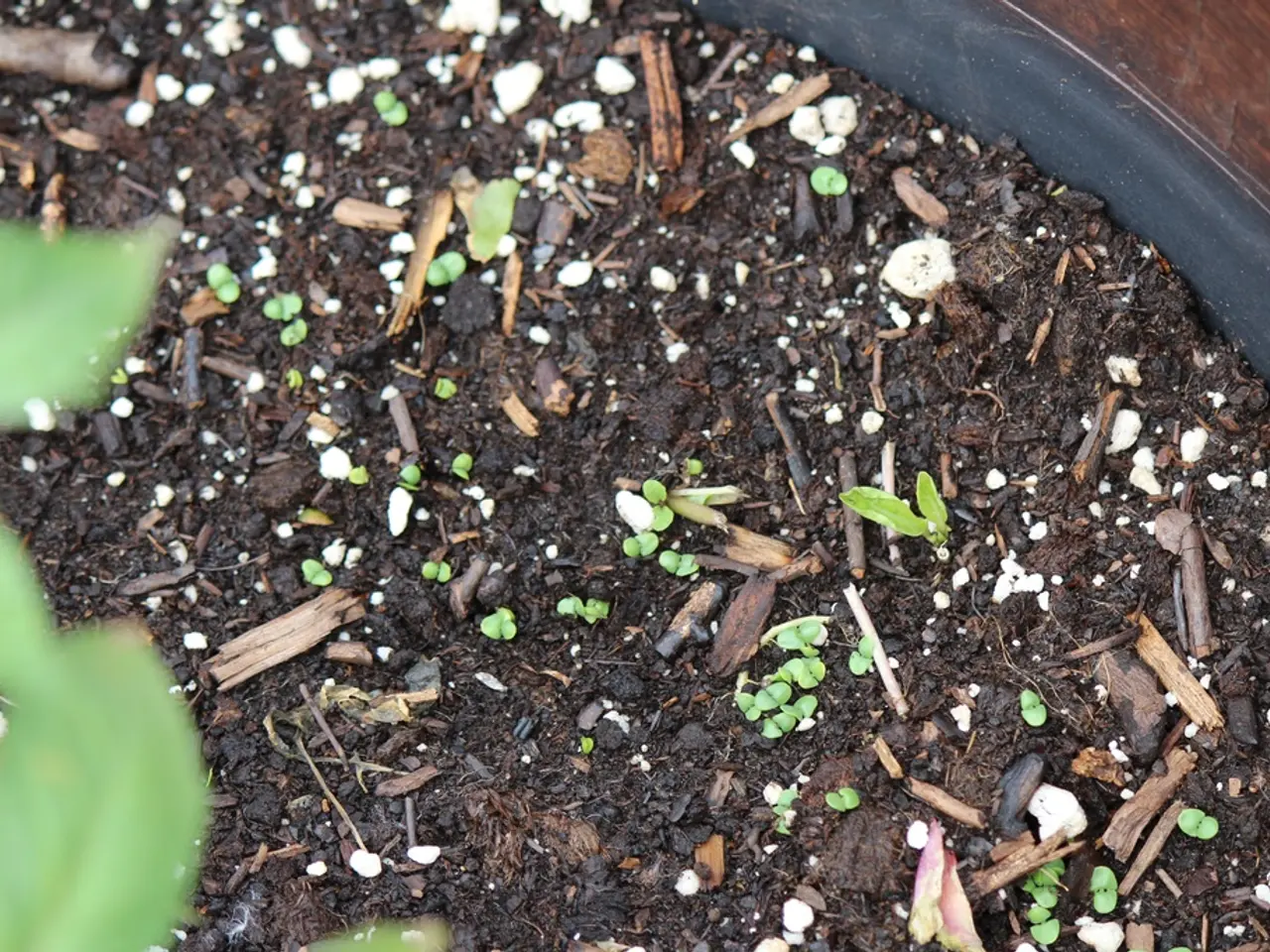Soil Dwellers Contributing to Plants: Nutrition and Additional Factors
In the intricate web of life, plants play a vital role, serving as the primary producers that sustain our ecosystem. To thrive and grow, plants require a variety of essential resources, which can be found in the soil they inhabit. Let's delve into the primary sources of nutrients, water, and oxygen for plant growth.
**1. Nutrients**
Plants absorb essential macronutrients and micronutrients from the soil, which are crucial for various physiological functions. The main macronutrients include nitrogen, phosphorus, and potassium.
- Nitrogen (N) promotes rapid green leafy growth and is vital for protein and nucleic acid synthesis. Nitrogen is taken up mainly in the forms of ammonium and nitrate. - Phosphorus (P) encourages early root development and accelerates flowering and fruiting. - Potassium (K) improves plant resistance to drought and disease, enhances seed quality, and regulates water use.
Secondary macronutrients such as calcium, magnesium, and sulfur, and trace micronutrients like iron, manganese, boron, copper, zinc, and others, also contribute to chlorophyll formation, enzymatic actions, and overall nutrient balance. These nutrients primarily originate from the natural breakdown of rock material, organic matter decomposition, microbial activity, and soil amendments/fertilizers.
**2. Water**
Water is absorbed from the soil through root hairs and is essential for photosynthesis, nutrient transport, and maintaining cell turgor pressure. Soil moisture is influenced by irrigation, precipitation, soil type, and structure. Well-structured soils with good water retention and aeration enable effective water uptake, which is crucial for enzymatic activity and metabolic processes within the plant.
**3. Oxygen**
Oxygen is critical for root respiration, as roots do not perform photosynthesis and must obtain oxygen from air spaces in the soil. Adequate soil aeration ensures that roots receive oxygen to support cellular respiration, releasing energy used for nutrient uptake and growth. Leaves and stems produce oxygen through photosynthesis by breaking down carbon dioxide; roots, however, rely on oxygen diffusion from the soil air.
Together, these elements and resources contribute to plant survival and growth by supporting photosynthesis, root development, metabolic energy production, and overall physiological functions. Good soil management practices, such as maintaining organic matter, preventing erosion, and ensuring proper moisture and aeration, enhance the availability of these resources and foster healthy plant growth.
In summary, plants require a symphony of nutrients, water, and oxygen to thrive and meet their biochemical and physiological demands essential for growth and reproduction. Organic matter in soil is particularly important, acting as a reservoir of additional nutrients and improving the soil's structure and ability to hold water. Each element plays a unique and interconnected role in the growth and health of plants, ensuring the continued harmony of our ecosystem.
- Science reveals that plants absorb essential nutrients for growth from sources like soil, break-down of rock materials, organic matter decomposition, and microbial activity, highlighting the importance of health-and-wellness of the soil ecosystem.
- Fitness-and-exercise is exhibited by plants through effective water uptake, which they acquire from the soil through root hairs, showcasing their need for hydration that parallels our own need for water in maintaining our well-being.




